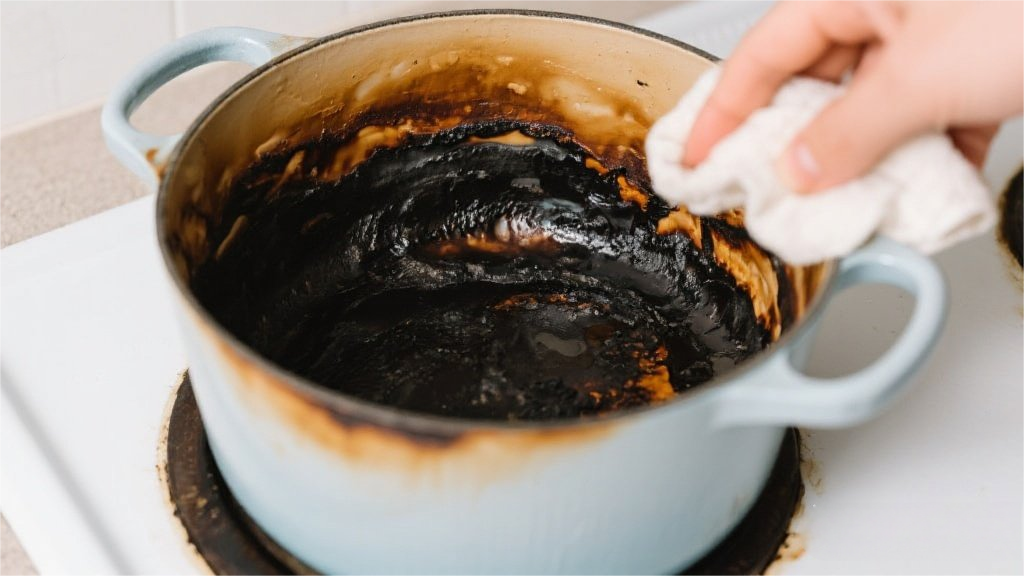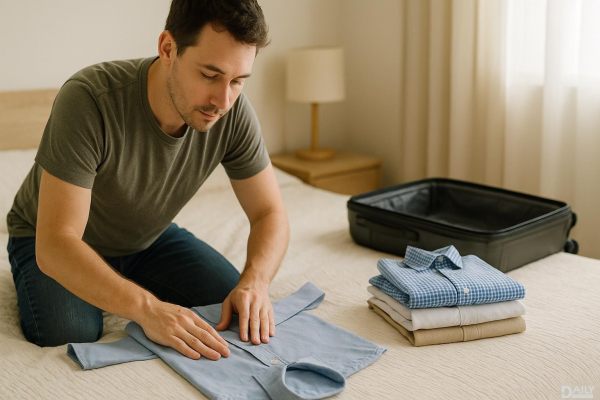Living with PTSD means sleep isn't just about rest—it's a battleground. Nightly anxiety and panic attacks turn what should be a peaceful escape into a minefield of suffocating dread. That falling sensation in dreams? Imagine it dragging you awake, gasping, heart pounding. For years, I dismissed weighted blankets as hype—until one became my unexpected lifeline.
The Skeptic’s Experiment
At first, my 15-pound blanket was more decor than therapy. It lived draped over the ottoman, occasionally used during movie nights to humor my husband. Then came the balloon incident—a trigger that sent me into a full-blown PTSD spiral. Pacing, clutching my chest, I was seconds from calling an ambulance when I spotted the blanket. Wrapping myself in it didn’t erase the panic, but the deep-pressure stimulation worked like a physical anchor. The science behind it? Weighted blankets mimic the sensation of being held, triggering the release of serotonin and melatonin while lowering cortisol. For someone wired to feel unsafe, that pressure can short-circuit the nervous system’s alarm bells.
Nighttime Warfare
PTSD doesn’t punch a clock. Nightmares yank you from sleep, leaving your body convinced it’s back in the trauma. My weighted blanket became a tactical tool: heavy enough to ground me during 3 AM panic attacks but breathable enough to prevent claustrophobia. I learned to pair it with other strategies—box breathing (inhale for 4, hold for 4, exhale for 6) and pre-sleep rituals like lavender oil on my wrists. The blanket’s weight (10% of your body weight is the sweet spot) creates a "hug" effect, which research links to reduced fight-or-flight responses. It’s not magic—it’s neuroscience dressed in microfiber.
The Blanket’s Limits (And Why That’s Okay)
lighter layers in summer, placing it just over my torso instead of full coverage. Therapy and medication remained non-negotiables, but the blanket became a sidekick to those heavier lifts. It’s like having a security blanket that actually does something. For trauma survivors, control is everything. Choosing when to use it—and how—gave me agency over at least one piece of the chaos.
Why It Works When Counting Sheep Fails
Traditional sleep hacks (warm milk, white noise) assume your brain isn’t stuck in survival mode. PTSD hijacks the vagus nerve, which regulates relaxation. Weighted blankets directly engage the proprioceptive system, the body’s way of sensing where it is in space. That input overrides the "I’m dying" signals PTSD loves to amplify. Bonus? The weight discourages midnight thrashing, which means fewer instances of waking up mid-punch or scream. Over time, my brain started associating the blanket with safety—a Pavlovian hack for sleep.
The Unlikely MVP of My Healing Toolkit
Two years in, my blanket’s fabric is pilled from overuse, but I’ll never go back. It’s traveled with me to hotels, hospitals, and even a camping trip (yes, I’m that person). What sold me wasn’t the hype but the way it turned my body’s volume knob down—just enough to let therapy and time do their work. If you’re on the fence, borrow one first. Weight preferences are personal, and texture matters (cooling bamboo beats sweaty polyester). For me, it’s the difference between white-knuckling the night and stealing back a few hours of peace.
PTSD remaps your nervous system, but tools like weighted blankets can help redraw the lines. Mine didn’t fix me—it just made the fight a little softer.
























